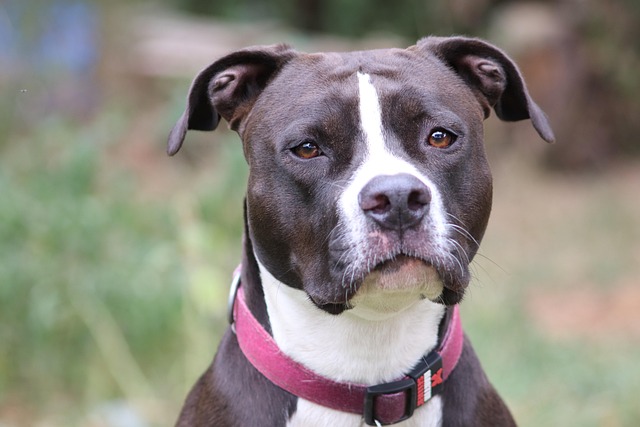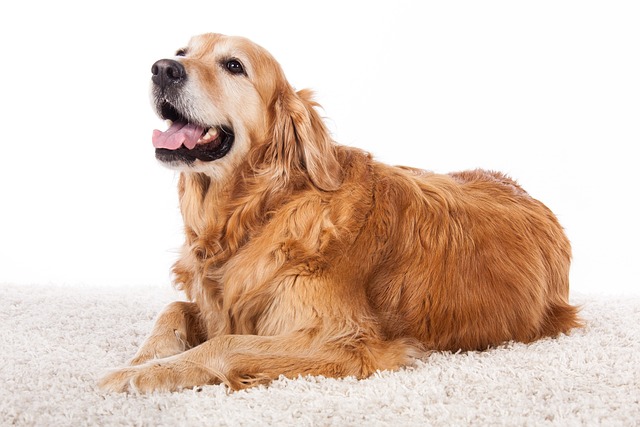If you’ve ever lived with a poodle, you know those floppy, curly ears are part of their signature look—but they also demand a bit more attention than most breeds. Poodles are especially prone to ear infections because of their unique ear structure. The hair inside their ear canal and the way their ears fold over create a warm, moist environment that’s basically an open invitation for bacteria and yeast. That’s why learning how to clean poodle ears isn’t just about keeping them looking neat; it’s a key part of keeping them healthy and comfortable in your home.
Some folks might reach straight for over-the-counter ear cleaners, thinking it’s the quickest fix. But here’s the thing: not all commercial products are created equal. Many traditional ear cleaners for dogs contain alcohol, artificial fragrances, or harsh chemicals that can irritate sensitive skin. I’ve seen cases where a well-meaning owner ended up with a pup who was scratching more than before, just because the cleaner was too strong. Plus, in the U.S., the FDA doesn’t strictly regulate pet ear cleaners, so always check ingredients and seek out vet-approved poodle ear cleaning solutions before using anything new on your dog.
If you’re looking for something that’s both gentle and effective, there are plenty of natural remedies for poodle ear cleaning that veterinarians often recommend. Diluted apple cider vinegar is a classic—just mix equal parts with water and use it as a wipe, not a pour. Coconut oil is another great option; it has natural antibacterial and antifungal properties, and many poodle parents swear by it for softening any waxy buildup. You’ll also find some herbal infusions, like chamomile or calendula tea, popping up as best natural ear cleaners for poodles. These options are less likely to cause irritation and are easy to use for weekly maintenance, especially in breeds with sensitive ears like poodles.
When it comes to actually cleaning your poodle’s ears, slow and steady is the way to go. Start by gathering your supplies: cotton rounds or gauze (never cotton swabs—those can push debris deeper), your chosen natural remedy, and a towel. Make sure your dog is calm; treats or gentle praise work wonders. Dampen the cotton with your cleaning solution and gently wipe the inside of the ear flap and visible canal. Never shove anything deep inside—if you can’t see it, don’t try to reach it. If you’re using coconut oil, a pea-sized amount on a cotton pad is more than enough. Massage the base of the ear for a few seconds, then let your poodle shake—it’s nature’s way of loosening debris. A quick wipe to finish, and you’re done. This method covers how to safely clean poodle ears without stressing your pup or risking injury.
Sometimes, even the best home care isn’t enough. If your poodle’s ears have a strong odor, you spot redness or swelling, or there’s a dark, crumbly discharge, it’s time to call your vet. Head shaking, scratching, or whining are other signs your dog might have an infection or a foreign body stuck inside. Ear infections can be painful and, if left untreated, may lead to more serious issues. Always err on the side of caution—veterinarians are there to help, and in some cases, prescription meds are the only way to fully clear an infection. It’s also important to remember that in most U.S. states, rabies vaccines are legally required, and some local ordinances may mandate regular vet visits, which are a great opportunity to ask about ear health.
Keeping your poodle’s ears healthy isn’t just about cleaning. Regular inspection goes a long way—make it part of your weekly grooming routine, especially if you’re living in an apartment where air circulation isn’t great. Trimming the hair around and inside the ear canal helps prevent matting and improves airflow, but never attempt to pluck or cut deep inside without professional guidance. If you’re walking your dog in public parks, remember to follow community rules: always clean up after your pet and keep them leashed, especially during grooming visits or ear checks in shared spaces. Emphasize gentle handling and positive reinforcement; harsh discipline or punishments are not only frowned upon in American pet culture but can also make your dog fearful of necessary care. Focus on making ear cleaning a calm, reward-based experience, and you’ll keep your poodle’s ears healthy, your bond strong, and your community happy.





